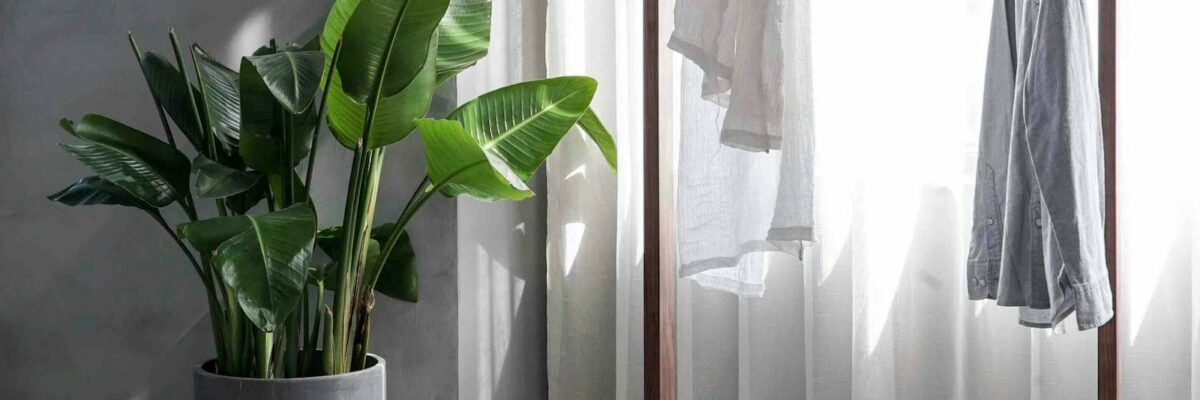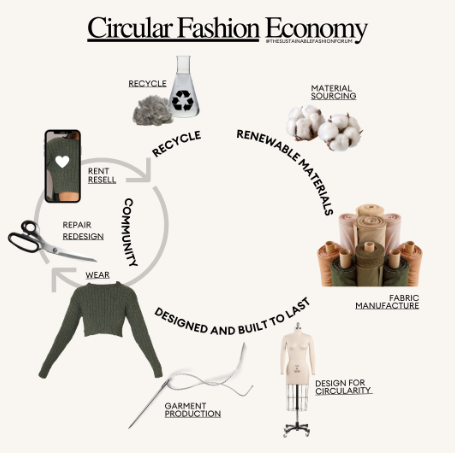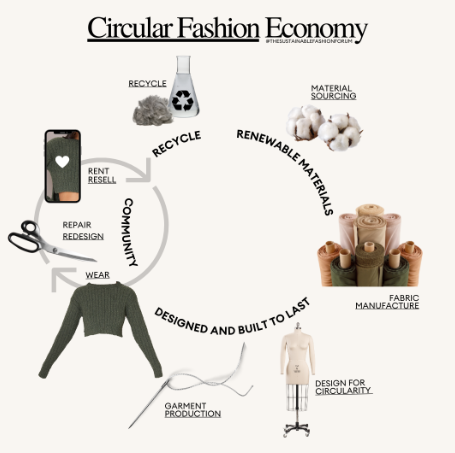

The Transformative Power of Circular Design in Fashion
Design plays a crucial role in shaping our daily lives, from the food we consume, to the clothes we wear and the buildings we inhabit. The conventional production model in the fashion industry designs products that largely end up as waste, either filling landfills, being set on fire, or contaminating natural environments, leading to severe environmental consequences. Today, the rate at which we produce clothes has reached an all-time high, with over 92 million tons of textile waste generated worldwide each year.
The shift towards sustainability in fashion is gaining momentum due to an urgent need to reduce waste and promote eco-friendly practices; additionally, it is driven by increasing legislative pressure, a significant shift in consumer behaviour favouring sustainability, and deepening concerns over negative environmental impacts.
Circular design principles are at the forefront of this transformation, offering innovative strategies that extend the life cycle of clothes and garments, and ensure that every stage of production is aligned with environmental and ethical standards. This approach emphasises the importance of a circular economy, aiming to create a system where materials are continuously recycled and repurposed, thus enhancing both resource efficiency and environmental sustainability in the fashion industry.
Historically, the fashion industry has been notorious for its significant environmental footprint, characterised by extensive waste, excessive water usage, and high carbon emissions. For instance, in 2023, the industry was responsible for approximately 2.1 billion tonnes of carbon emissions, underscoring the urgent need for change. Circular design in fashion encompasses several key concepts, each aimed at rethinking how clothing and textiles are conceived, produced, and consumed.
Picture source: What is Circular Fashion? — The Sustainable Fashion Forum
One of the fundamental strategies is Cradle-to-Cradle design (C2C Design), which marks a significant shift in the fashion industry from the traditional "cradle-to-grave" production model, which typically results in products ending as waste. The C2C Design model is a sustainable approach where all materials used can be biodegraded safely, and/or recycled without quality degradation.
Another important strategy in circular fashion is Zero Waste Design. This technique involves careful pattern making and cutting to ensure that no fabric scraps are left behind, a stark contrast to traditional garment manufacturing, which can waste up to 15% of textiles.
Moreover, the push for eco-friendly and safe materials is transforming the industry’s material landscape. The use of non-toxic, renewable, and biodegradable materials is becoming more prevalent, aligning with global efforts to reduce pollution and waste. Companies are investing in innovative materials such as organic cotton, recycled polyester, and even more novel substances like mushroom leather and lab-grown silk, which offer sustainable alternatives to traditional textiles.
Circular design is more than just theoretical; it's being effectively implemented across the industry by major companies through initiatives that highlight the tangible benefits of these principles. For instance, Eileen Fisher's Vision 2020 targeted complete circularity by repurposing returned garments, greatly reducing environmental impacts by saving on carbon and water. This initiative is part of a broader approach that includes material reutilization, ethical sourcing, and embracing slow fashion principles. Similarly, Patagonia's 'Worn Wear' program and Adidas's collaboration with Parley for the Oceans show how worn-out clothing and ocean plastics can be transformed into new products. These efforts demonstrate successful applications of Zero Waste and Cradle-to-Cradle designs, incorporating innovative upcycling and reutilization methods that support circular fashion principles.
As the fashion industry evolves, adopting circular design principles solves environmental issues and establishes a new benchmark for innovation and ethical responsibility. This continual shift toward a more sustainable and circular model promises to reshape our relationship with fashion, emphasising durability, consciousness, and environmental awareness as vital parts of consumption. With a rising number of circular fashion practices and educational resources on ethical fashion, the industry's dedication to sustainability is set to become the new standard, ensuring that fashion not only looks good but also benefits both the planet and its people.

Finançat per la Unió Europea. Les opinions i els punts de vista expressats només comprometen el seu autor(s) i no reflecteixen necessàriament els de la Unió Europea o els de l'Agència Executiva Europea d'Educació i Cultura (EACEA). Ni la Unió Europea ni l'EACEA en poden ser considerats responsables.


